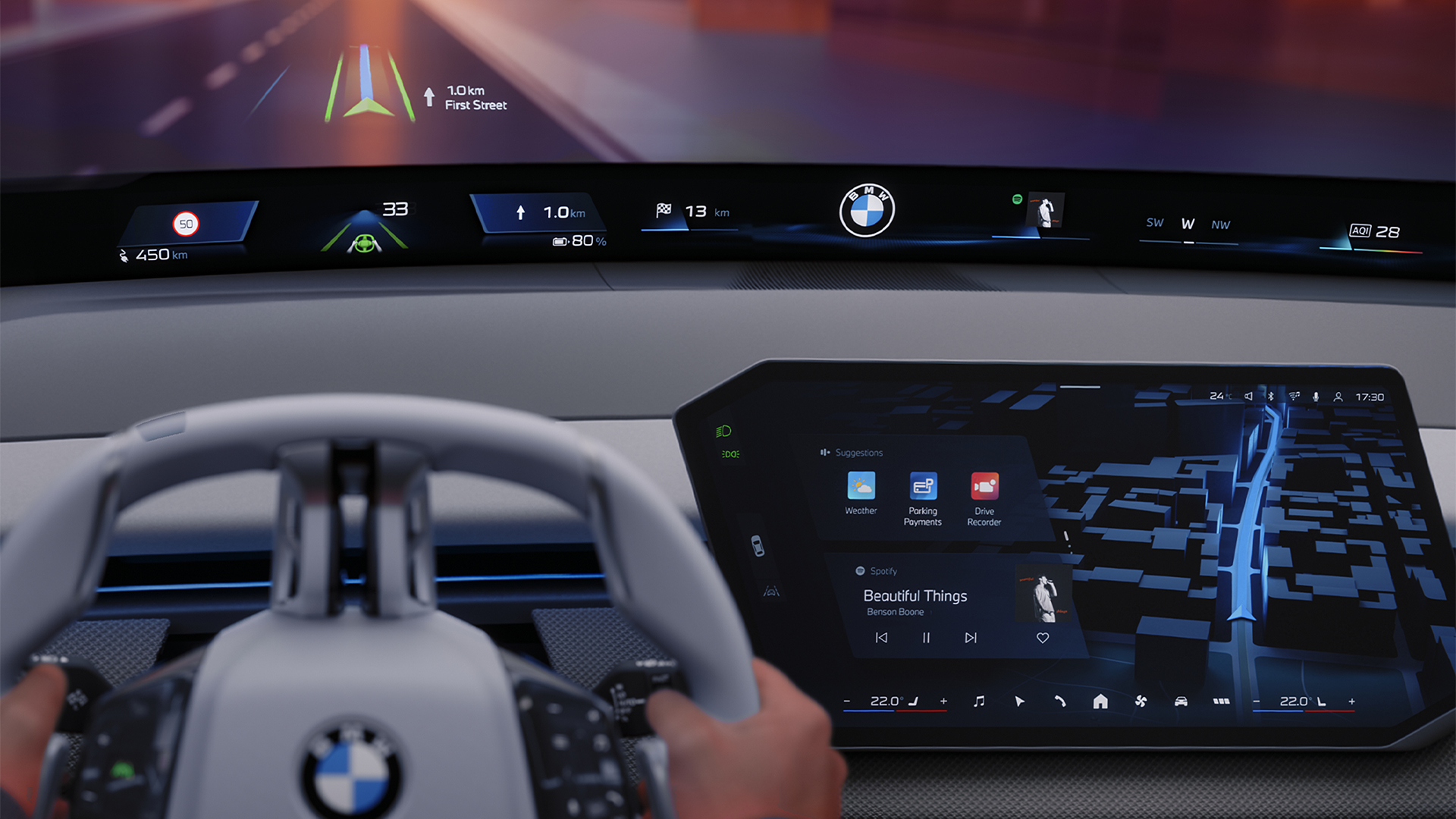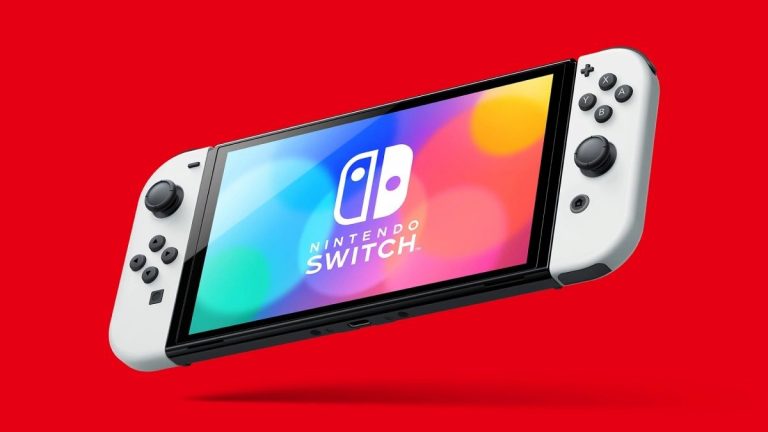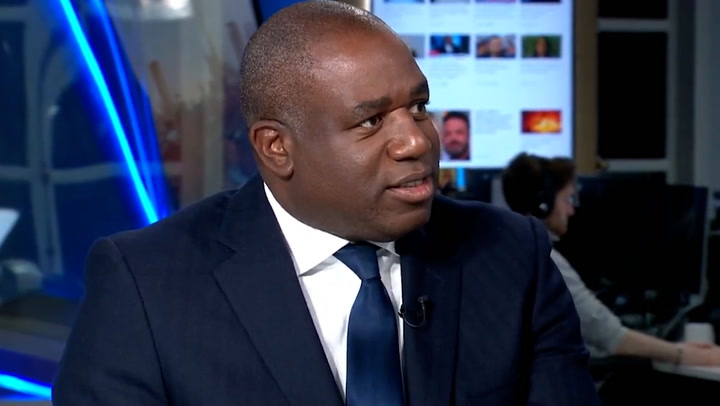- The new iDrive system will first feature in the Neue Klasse X electric SUV
- A full-width head-up display stretches from pillar to pillar
- New, more capable Operating System X underpins the technology
BMW has unveiled what the infotainment offering will look like in its upcoming Neue Klasse range of electric vehicles at this year’s CES 2025 show. Look away now if you don’t like screens.
Dubbed the BMW Panoramic iDrive, the infotainment offering consists of an innovative head-up display (HUD) that spans the entire width of the windshield and beams information onto a black printed surface in the lower section of the glass.
According to BMW, this won’t require a specialist windshield, keeping repair costs down. But most windscreens that are compatible with HUDs feature a special coating to improve visibility and these generally cost more to replace anyway.
The content displayed in the so-called BMW Panoramic Vision is highly customizable and drivers can personalize the space to display content and information that is most important to them, with the vehicle remembering settings for individual users. A 3D effect ensures the graphics jump out for both drivers and passengers.

In addition to this, there’s another 3D head-up display that sits directly in the driver’s line of vision that delivers even more content and information that BMW claims neatly compliments the full-width Panoramic Vision module.
So for example, the Panoramic Vision will display details about the current driver assistance systems that are active, while the 3D HUD will offer turn-by-turn directions, should navigation be activated.
The German marque has also introduced a new central touchscreen display that is angled so it faces the driver. Said to make it easier to reach and operate by those in control, the display runs BMW’s latest OS X operating system that has been developed in-house for a slicker, more intuitive user experience.
@techradar
♬ original sound – TechRadar
It is based on an Android Open Source Project software stack and allows for high levels of customization, so you can drag, drop and pin your favorite applications, as well as uploading personal photos as desktop-style background.
Despite the current call from many modern vehicle owners for more easily located physical buttons, BMW has done away with pretty much all of them, and has instead committed much of the functionality to the central touchscreen and the multi-function steering wheel, complete with haptic, surface mounted buttons.
BMW says it is all part of its new “shy-tech approach”, which harnesses artificial intelligence and the use of Large Language Models that have been co-developed with Amazon to encourage drivers to use voice commands instead.
According to the marque, users will be able to use more natural language to navigate to a destination in the initial stages, but with increased levels of functionality coming later via over-the-air updates.
The introduction of OS X builds on BMW’s existing Intelligent Personal Assistant, empowering it with the ability to make suggestions, such as initiating Sport Mode on a particularly twisty route or kick-starting a favored playlist. Should the driver choose to ignore these suggestions, the system will quickly learn to refrain from butting in.
Analysis: Banishing buttons could backfire

Controversially, BMW has said that this Panoramic iDrive system will eventually appear on all of its future vehicles, essentially ridding everything of traditional instrument clusters and physical buttons. This is particularly pertinent for a brand that once marketed itself as ‘The Ultimate Diving Machine’.
Soon, BMW owners will be confronted with a vast amount of information on every drive, some of which will be positioned at the furthest reaches of the windscreen, rather than directly in the driver’s eye-line.
Only time will tell whether the Panoramic iDrive system proves simple to navigate and intuitive to use when behind the wheel, but we already know several manufacturers have faced a backlash for committing so much important functionality to difficult-to-locate digital menus or haptic feedback buttons that change their functionality depending on modes or settings.
This makes it near-impossible to obtain the muscle memory required to perform simple tasks, like defrosting the windshield with one touch, or locating the volume for the radio without diving into numerous menus.
Volkswagen, for example, had to go back to the drawing board with its infotainment offering in the ID range of electric vehicles, as so many users and reviewers complained that its sparse interior made key functionality almost impossible to locate when driving… or in the dark.
However, BMW is already envisioning a time where its autonomous driving systems are doing the majority of the heavy lifting and the Panoramic iDrive system essentially becomes a way for the driver to easily monitor the situation while enjoying hands-off/eyes-off travel.


























+ There are no comments
Add yours